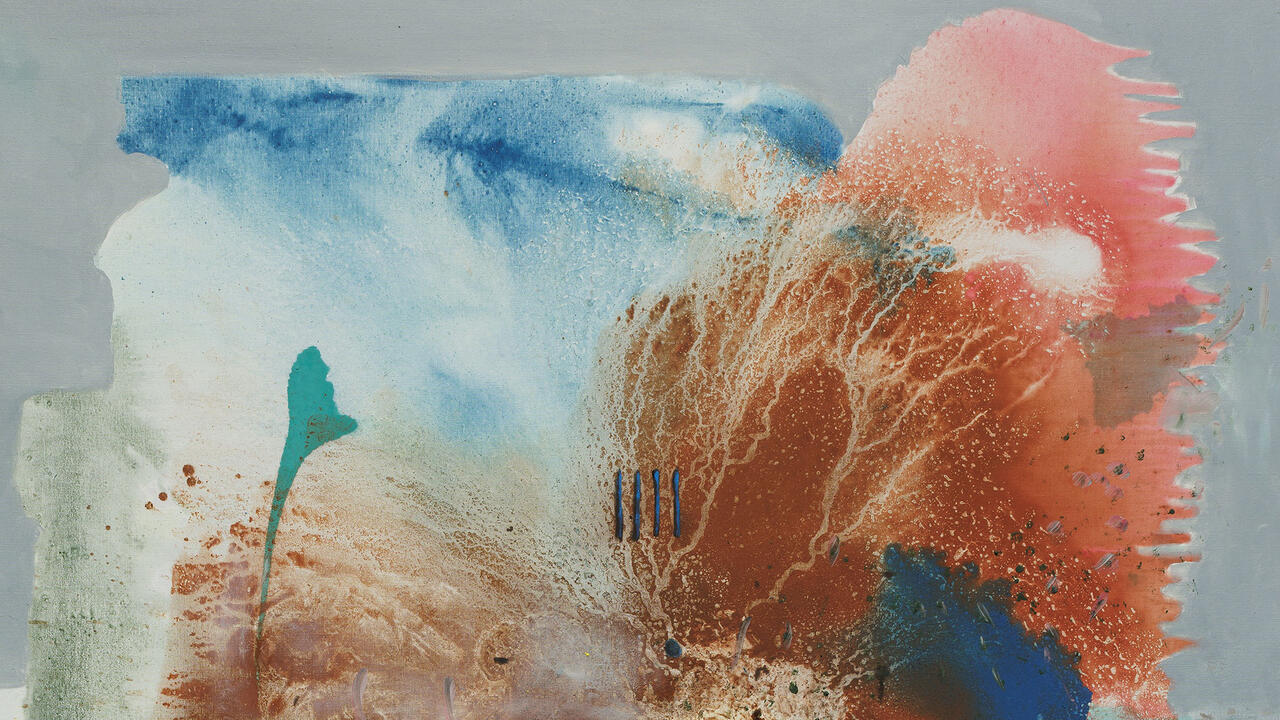Robert Overby
In the early 80s, Rosalind Krauss launched a theory about 70s art that seemed to say it all: 70s art was built on the photographic model, she said, it was indexical, tracing a ground rather than representing it. Had the work of the late Californian artist Robert Overby (1935-1993) been better known at the time, it might have served as a prime example of her theory - that is, in purely formal terms (the formal terms often lie in wait behind Krauss' more explicit attacks on 50s formalism). Beyond the useful technicalities of her theory, one dimension seems lost or forgotten - at least the dimension so clearly and explicitly presented by Overby. It is a dimension that makes his work seem oddly - even embarrassingly - contemporaneous. And it is also a dimension that makes one imagine the kind of embarrassment his work might have caused in its day (the early 70s), and its place (L.A.). People seem to keep saying how 'just too depressing' it was - eclipsing the sun, one imagines.
Today we don't mind eclipses. So this is what fills the gallery walls from roof to floor: huge latex castings of walls, doors and windows from actual lived-in houses, temporarily transforming the clean room into a dark, decrepit one. For the latex casts show, as though enlarged, every single mark or imperfection, more than you'd ever want to see. A notable (but often overlooked) effect of the casts is the abundance of information they carry - far more concentrated information about a surface than you'd ever get from just looking at the original. It tells stories the way a cadaver on a dissection table does - what used to be 'just life' is now 'information', as though it had been digitised and the analogous continuum of live effects somehow broken down. There are other terrible transformations as well: the latex represents the walls and fixtures as hopelessly limp - like snakeskins quickly shed and left to rot. Life goes on - but elsewhere. This limpness might recall Claes Oldenburg's objects - but those had a kind of bluntly stupid happiness about them, while Overby's are the epitome of disempowerment.
These are just examples taken from a huge body of work, however. Over a period of a few years, Overby kept casting 'anything' - socks, handkerchiefs, door edges, brick walls, manhole covers, TV test patterns, coat hangers - as if the world somehow had to turn limp daily. In 1974, he documented the diaristic aspect of this in a small book. Yet, what intrigues is maybe not so much the castings all by themselves, as the connection they seem to initiate with Overby's painterly work. Intermingling with his 'latex period' is a series of details of old-master still lives and portraits, some skyscrapers and also some paintings of doors and walls reduced to a kind of rugged colour-field image. If latex had the capacity to render the world dead and limp, paint now seemed to take on the same quality, in much the same way that too much makeup makes a face look morbid rather than young, exposing lines rather than hiding them. As Overby copied old-master faces on fake wood panels, their features somehow seemed to slip and slide in the transfer to shaky 'fake' ground, giving off unknown, but plausible, information. It is the transformation in the 'meaning' of paint with which we are today thoroughly acquainted, the transformation in which paint
is no longer a neutral colour substance, but able to convey concrete horror. If earlier 60s art linked everything by sheer inattention to discrete media, in Overby all is linked by death. His tracing of a room somehow closes it. By now this is an all too familiar scenario.















